Commissioned 22 June 1960 Launched 11 December 1958 Draft 5.3 m | Decommissioned 7 November 1983 Length 113 m | |
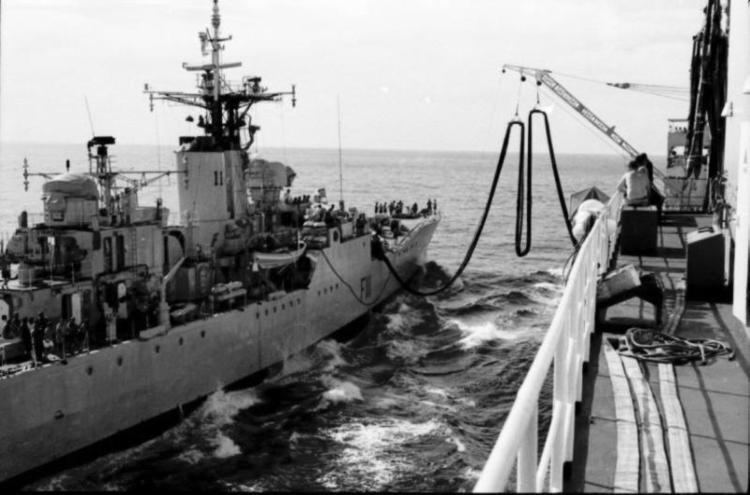 | ||
Fate Sold and broken up, 1987 Builder John I. Thornycroft & Company | ||
HMNZS Otago (F111) was a Rothesay-class Type 12 frigate, or separately designated, Otago-class frigate acquired from the Royal Navy by the Royal New Zealand Navy (RNZN) before completion. Otago and Taranaki significantly differ from the Royal Navy Rothesays as the RNZN is a conventionally armed navy, and the New Zealand ships have a slightly higher level of conventional capability. with the long range Type 177 sonar to combine with the only operational MK 20 heavyweight torpedo,(where the RN versions in most cases had an accurate short range Type 174, initially) and provide more comfort for the crew in cafeteria and bunk bedding. She was launched on 11 December 1958 by Princess Margaret, and was commissioned into the Royal New Zealand Navy on 22 June 1960.
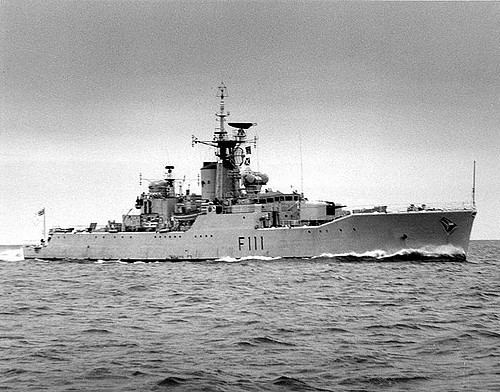
The ship was named after the province of Otago in New Zealand, on the South Island and associated with the city of Dunedin.

Service history
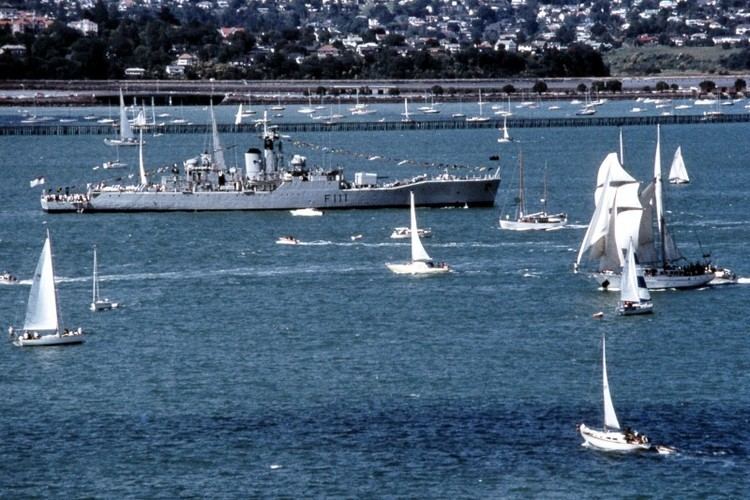
Otago took part in various SEATO (Southeast Asia Treaty Organization) deployments, and took part, with HMAS Supply in support and succeeded by HMNZS Canterbury, in a protest against French nuclear tests at Mururoa Atoll in 1973. The support of the RAN tanker was essential given the relatively short range of the Type 12 frigates which was just sufficient to cross the Atlantic with a slow convoy, or operate for 36 hours at 25–30 knots (46–56 km/h; 29–35 mph) in all out anti-submarine operations sprinting and searching. With the need to maintain a 50% fuel reserve at all times, due to need to allow for emergency requirements, weather and barnacle build up on hull, effective range of Otago without refueling is about 3,000 nautical miles (5,600 km; 3,500 mi).
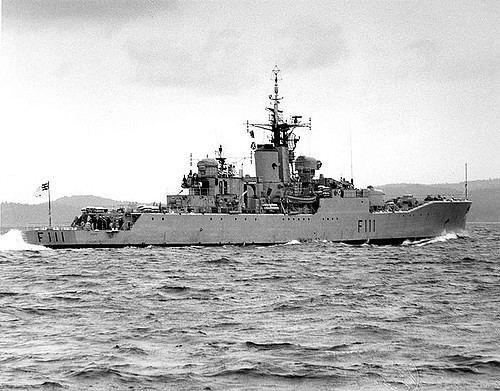
In 1960 the Royal Navy had seriously considered the Otago-class design as an alternative to the Rothesay Type 81 general purpose frigates for future development, with a design which would have carried one or two Wessex anti-submarine helicopters.
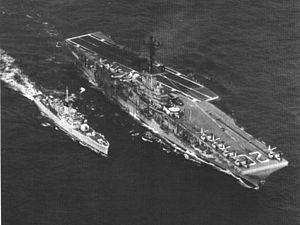
In a long refit during 1974-5, her Limbo mortars were replaced with Mk 32 torpedo tubes for Type 44/46 torpedoes thought more effective in short range anti-submarine warfare. Proposals to fit a hangar and landing pad without the complete reconstruction, as had been done on the Royal Navy Rothesay class which had effectively required the ship to be split in half, were rejected by the Rear Admiral on the grounds, 'nothing should be done that jeopardizes the RNZN case for a new combat ship'
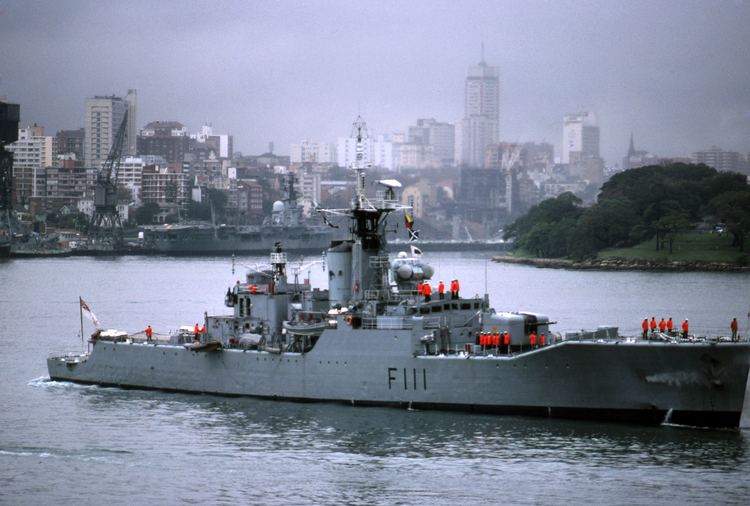
Otago continued as the third combat ship in the three frigate fleet designated by the 1978 Defence Review. In the second half of 1979 the ship had another extensive refit, with its Seacat missile system repaired after breakage, by using stored parts from HMNZS Taranaki's system. In early 1980 the ship deployed to Pearl Harbor and later the West Coast of the United States and Canada for extensive exercises with the United States Navy and Canadian Navy firing hundreds of rounds of 4.5-inch shells, under command of Cmdr Karl Moen, who described Otago as the 'one true fighting ship in the RNZN' with Ltd Cmdr Robert Martin as his second. Martin assumed command during a final six-month refit, leaving the ship on 7 April 1982. Even at the time of the Falklands War, the Captain of Otago and the Minister of Defence, Peter Thompson, declared the ship to still be fully combat capable.
HMNZS Otago become the RNZN training ship in 1983, and paid off into inactive reserve in November 1983. The vessel was sold for scrap in 1987 and broken up at Auckland.
